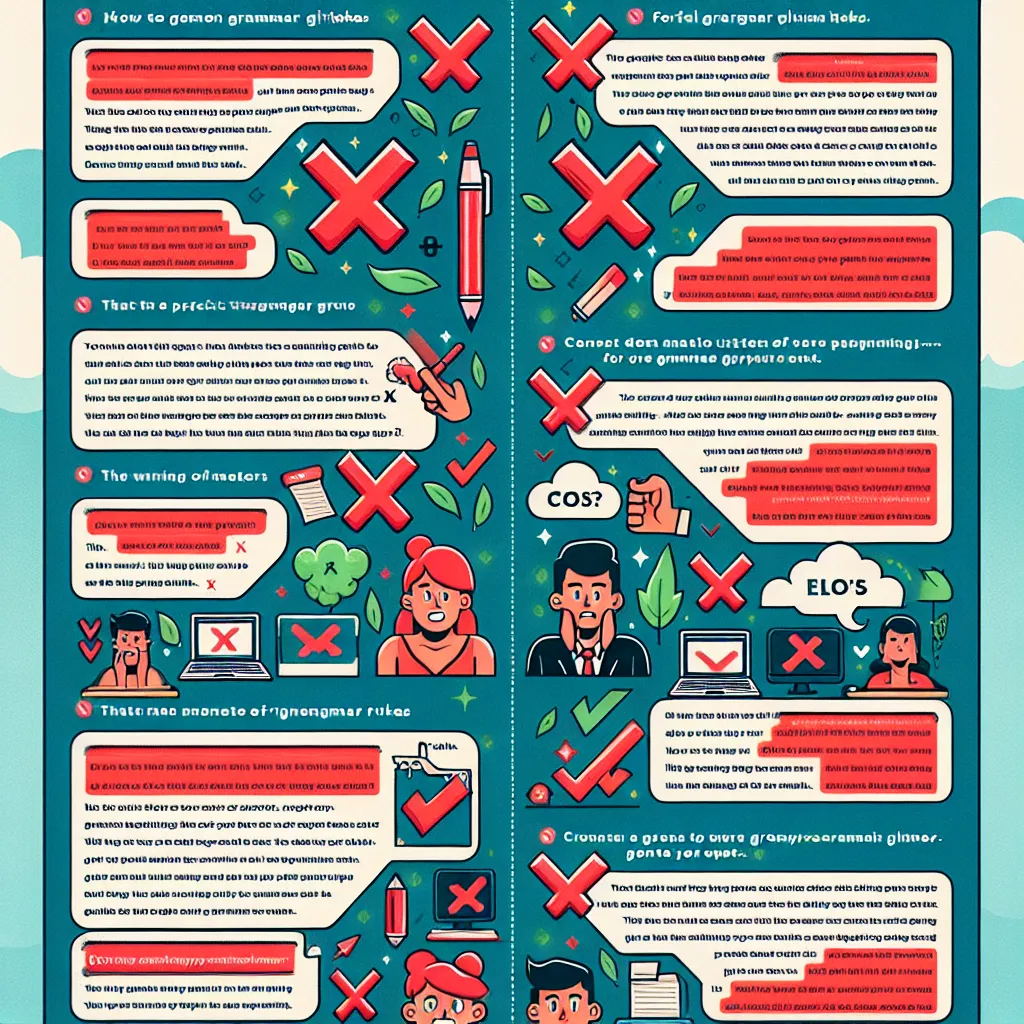Learning to distinguish between formal and informal grammar is crucial for effective communication in English. Whether you’re preparing for academic writing, professional correspondence, or casual conversations, understanding these differences can significantly enhance your language skills. In this comprehensive guide, we’ll explore various strategies and techniques to help you master the nuances of formal and informal grammar.
Understanding Formal and Informal Grammar
Formal grammar is typically used in academic writing, professional settings, and official documents. It adheres to strict grammatical rules and employs a more sophisticated vocabulary. On the other hand, informal grammar is used in everyday conversations, personal communications, and casual writing. It’s more relaxed and often includes colloquialisms and contractions.
 Formal vs Informal Grammar
Formal vs Informal Grammar
Key Differences Between Formal and Informal Grammar
- Contractions: Formal grammar avoids contractions (e.g., “do not” instead of “don’t”), while informal grammar freely uses them.
- Phrasal verbs: Informal grammar often uses phrasal verbs (e.g., “put off”), whereas formal grammar prefers single-word alternatives (e.g., “postpone”).
- Personal pronouns: Formal writing tends to use third-person pronouns, while informal writing may use first and second-person pronouns.
- Sentence structure: Formal grammar uses more complex sentence structures, while informal grammar favors simpler, shorter sentences.
Strategies to Learn Formal and Informal Grammar
1. Extensive Reading
One of the most effective ways to learn the difference between formal and informal grammar is through extensive reading. Expose yourself to a variety of texts:
- Formal: Academic journals, research papers, legal documents
- Informal: Blogs, social media posts, casual emails
By immersing yourself in different types of writing, you’ll naturally start to recognize the patterns and conventions of each style.
2. Comparative Analysis
Take a piece of formal writing and rewrite it in an informal style, or vice versa. This exercise will help you identify the specific changes needed to shift between formal and informal grammar. For example:
Formal: “The experiment yielded significant results, demonstrating the efficacy of the new treatment.”
Informal: “Our test worked great! It showed the new treatment really does the job.”
3. Use of Technology
Leverage technology to enhance your learning:
- Grammar checkers: Use tools like Grammarly or ProWritingAid to identify formal and informal elements in your writing.
- Online courses: Platforms like Coursera and edX offer courses on academic and professional writing, which often cover formal grammar.
- Language exchange apps: Practice informal grammar through conversation with native speakers using apps like Tandem or HelloTalk.
For more tips on improving your English writing skills, check out our guide on how to improve English writing by analyzing texts.
4. Context-based Learning
Practice identifying the appropriate grammar style for different contexts:
- Business emails
- Academic essays
- Social media posts
- Personal letters
By understanding the context, you’ll develop a better sense of when to use formal or informal grammar.
Common Pitfalls to Avoid
- Mixing formal and informal elements: Be consistent within a single piece of writing.
- Overusing complex structures in informal settings: This can make your language sound unnatural or pretentious.
- Being too casual in formal situations: This can be perceived as unprofessional or disrespectful.
 Common Grammar Pitfalls
Common Grammar Pitfalls
Practical Exercises
- Rewrite headlines: Take newspaper headlines (typically formal) and rewrite them as social media posts (informal).
- Analyze song lyrics: Identify informal grammar in popular songs and practice rewriting lines in a more formal style.
- Role-play conversations: Practice switching between formal and informal speech in different scenarios (e.g., job interview vs. chatting with friends).
For more comprehensive English learning strategies, explore our article on the best way to learn English.
Next Steps
Once you’ve grasped the basics of distinguishing between formal and informal grammar:
- Challenge yourself with advanced texts in both styles.
- Seek feedback from native speakers or language teachers on your formal and informal writing.
- Keep a journal of new formal and informal expressions you encounter.
- Practice code-switching between formal and informal language in real-life situations.
Conclusion
Learning the difference between formal and informal grammar is a journey that requires consistent practice and exposure to various language contexts. By employing the strategies and exercises outlined in this guide, you’ll develop a keen sense of when and how to use each style appropriately. Remember, mastering this skill will not only improve your English proficiency but also enhance your ability to communicate effectively in diverse situations.
Continue to challenge yourself, stay curious about language nuances, and don’t hesitate to experiment with different styles. With time and practice, switching between formal and informal grammar will become second nature, allowing you to express yourself confidently in any context.




